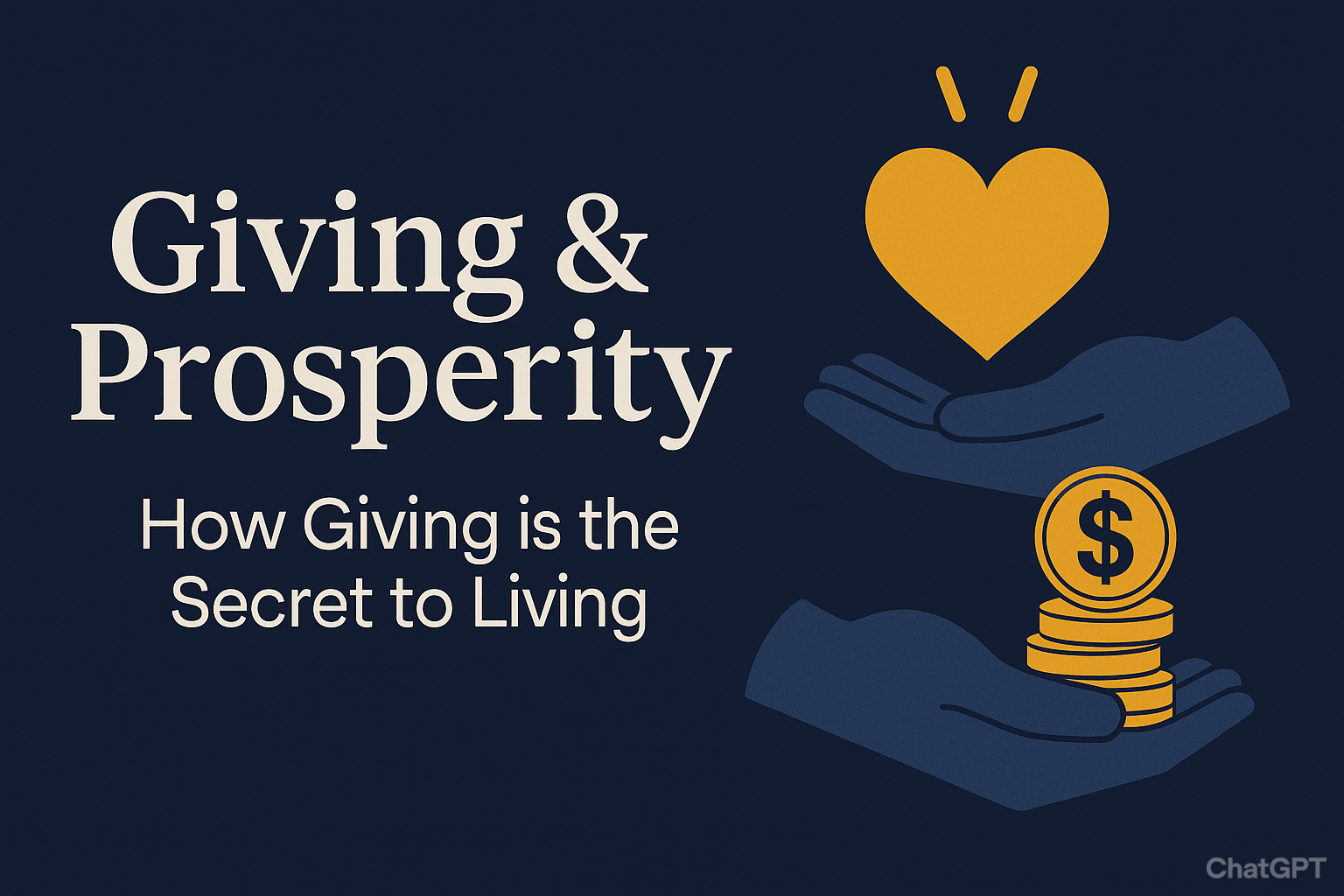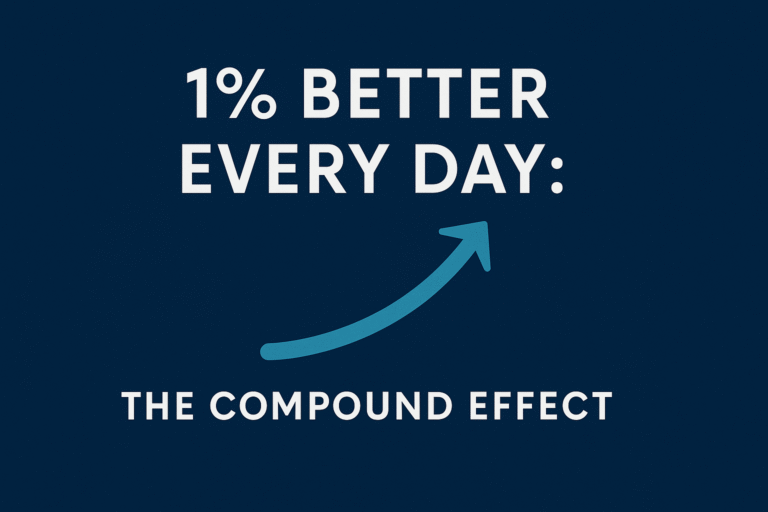When you think about investing, you might imagine needing thousands of dollars to make any real progress. But here’s the truth: You can start investing with as little as $100. Yes, you read that right—$100 can be your first step toward building wealth. The key is getting started early and making smart choices.
If you’re between 18 and 25, you have time on your side, and that’s a huge advantage. If you are older you can still win in the game in investing by starting today and making a few smart choices. Let’s break down exactly how to begin your investing journey, even with a modest budget.
How to Start Investing: Mindset Shift
What is investing? Investing is considered allocating resources to increase an asset’s value over an extended period of time. So investing is a long term play not a speculation (short term play).
Don’t fall for shiny object syndrome! Easy pitfall we can all fall prey to is believing that investing is get rich quick. We all know stories of someone we know or who knew someone that invested in bitcoin, real estate, stocks, lottery, etc. that made one good play and that set them up for life. Social media is filled with these stories of individuals that make it big in something. Unfortunately, social media does not show the work and time one commits to learning and studying what they are investing in. Or the 10 bad investments they made previously before they made it big, or the conversation they had with their spouse about possibly filing bankruptcy since one investment really didn’t pan how they hoped. If you are only thinking of investing for a few years then getting out, or waiting for the big pay out, investing is not for you. You may have better luck grabbing your $100 and putting it all on red.
Golden rule of investing: only invest in things you truly understand. Following this rule will save you hundreds and thousands of dollars of mistakes down the road. Sharing from experience, I have never made a huge amount of money from investing in something I did not understand. Investing your money is equivalent to giving your vote of confidence is something will go up in the future. Take the time to learn what you are investing in. Read books, listen to podcasts, and learn from others who have years of experience of investing.
Why Start Investing Now?
The Power of Compound Growth
One of the biggest reasons to start investing as soon as possible is compound growth. This concept allows your investments to grow exponentially because you earn returns on both your initial investment and the returns it generates over time. Compound growth is the key to building amazing wealth in the future.
Example: Imagine investing $100 today in an account that earns a 7% annual return. After one year, you have $107. Leave it there, and after another year, you’ll earn 7% on $107—not just your original $100. Over decades, this “growth on growth” creates incredible results. This is why when you are young time is your best friend!
Starting with $100 now could turn into thousands by retirement, thanks to compound growth.
Low Barriers to Entry
Great news is you don’t need to be rich to invest. Modern platforms make it easy to get started with a small amount of money. Apps and online brokerages often have low or no account minimums, making the world of investing accessible to anyone with a little cash and a willingness to learn.
Step 1: Set Your Financial Goals
Before you jump in, think about why you’re investing. What are your financial goals and their timeline for achieving them?
- A short-term goal like a vacation or emergency fund?
- Medium-term goals like buying a car, buying a home or pursuing further education?
- Long-term goals like retirement or financial freedom and living a life on your terms?
Your investment strategy will depend on your goals and timeline. But the first step is write your goal down and what you are working towards. “If you aim at nothing, you will hit it every time.” – Zig Ziglar
Step 2: Choose the Right Type of Investment
1. Exchange-Traded Funds (ETFs)
If you want to keep things simple, ETFs and index funds are a great place to start. These funds pool money from many investors to buy a diversified portfolio of stocks or bonds. Buying one of these funds is equivalent to buying a piece of the entire stock market for a very low price. And tracking the stock market over the past 100 years it has always trended up, even with its ups and down. Plus they’re relatively low-risk and come with lower fees than actively managed funds.
Popular beginner-friendly ETFs:
- S&P 500 index funds, which track the top 500 companies in the U.S.
- Total stock market funds for broader diversification.
2. Fractional Shares
Think Amazon or Tesla stocks are out of reach? Not with fractional shares. Many platforms let you buy a small slice of a stock for as little as $1. Remember the golden rule: only invest in companies and industries you truly understand and are interested in. But this is a great way to buy your way into some of the most valuable companies.
Example: Investing $50 in fractional shares of Apple allows you to participate in its growth without needing to buy a full share.
3. High-Yield Savings Accounts
This is one of the most underrated and overlooked method to invest in todays world. What makes it different from a regular savings account? A typical savings account from your local bank will earn your nothing or .05% in interest. But in a high-yield savings some banks can offer up to 4-5% interest on your hard earned savings! Using your $100 to start and at a 4% return your first year you can earn $104. Does not seem like a lot but with the power of compound interest, patience, and continuing to deposit more it can quickly compound into a fortune.
While not technically considered investing, this is a low-risk place to park cash while earning interest. It’s great for short-term savings or building your first $1,000.
Step 3: Choose an Investing Platform
Some platforms are particularly beginner-friendly, offering easy interfaces, educational content, and low fees. Popular options include and are not limited to:
- Robinhood: Known for commission-free trading.
- M1 Finance: Great for automated investing.
- Acorns: Ideal for micro-investing by rounding up your purchases.
Take time to research fees, account minimums, and available investment options. If you are not sure which one to go with talk to your local bank and see if they offer low cost or free investment options to place your money.
Step 4: Automate Your Investments
One of the best ways to build long-term wealth is by setting up automatic contributions. Many investing apps let you schedule regular deposits—even small amounts like $10 a week—which reduces the temptation to spend your money elsewhere. For price of a cup of coffee you can quickly build your way to amazing wealth. But budgeting is important since investing won’t happen automatic unless we are intentional of where our money is going.
Don’t have a budget? Use our free Ultimate Financial Budget Spreadsheet on our resources page to get set up and see where your money is going every month.
Pro Tip: Pay yourself first by automating your investments the same way you would any bill. Automate it so you don’t see it, this the key. Not seeing it removes the temptation of wanting to spend it.
Step 5: Diversify and Stay Consistent
Don’t Put All Your Eggs in One Basket
Diversification spreads your money across different investments, reducing the risk of losing everything if one stock or sector crashes. ETFs and index funds are a great way to diversify with a single purchase. Maybe look to slowly build a high-yield savings and a separate investment account. But the goal is to eventually have multiple streams of income and investments that are earning while you sleep.
Stick with Your Plan
It’s tempting to react to market ups and downs, but successful investors stay consistent. Avoid emotional decisions, and remember: time in the market beats timing the market. Again avoid shiny object syndrome and wanting to pull out to invest in something else since it’s what is hot right now.
Common Mistakes to Avoid
1. Chasing Quick Wins
Investing isn’t gambling. Stay away from hype-driven stocks and “get-rich-quick” schemes. These look attractive at first but end up make you lose time and more money that what you are started with. Slow, steady growth wins the race. Focus on what is already working and keep doing that.
2. Neglecting to Reinvest Dividends
If you invest in dividend-paying stocks or funds, choose to reinvest those dividends to buy more shares. This simple step accelerates compound growth. Use the power of compound interest to its full capacity and invest any money that is extra and watch your nest egg grow!
3. Skipping Research
Remember to take the time to learn what you are investing in. Only place your money in investments you truly understand. Even with $100, it’s important to do your homework. Read about the companies or funds you invest in, and don’t be afraid to ask questions. Neglecting to do your research can cost you your investment if you are not careful!
Final Thoughts: Get Started Today
Investing with just $100 may seem small, but it’s a powerful step toward financial independence. The earlier you begin, the longer your money has to grow. Define your goals, choose smart investments, and stay consistent—your future self will thank you. Join the Permission Free Living community to stay motivated and learn from others who are also building their futures!
Remember, every great investor started somewhere. What are you waiting for? Start investing today!





